Years 9–10: Programming
This unit builds on the algorithm design and general-purpose programming skills developed in years 7–8, continuing in the use of Python or JavaScript.
Students practise using logical operators such as OR, NOT and AND in their algorithms. They employ formal validation in their code and use test cases for testing it. They are introduced to data structures like lists in their code implementation, and practise using debugging tools to step through and analyse their code.
Finally, they explore the object-oriented paradigm for organising code.
Additional details
| Year band(s) | 9-10 |
|---|---|
| Content type | Scope and sequence, Whole School |
| Format | Web page |
| Australian Curriculum Digital Technologies code(s) |
AC9TDI10P05
Design algorithms involving logical operators and represent them as flowcharts and pseudocode
AC9TDI10P06
Validate algorithms and programs by comparing their output against a range of test cases
AC9TDI10P09
Implement, modify and debug modular programs, applying selected algorithms and data structures, including in an object-oriented programming language |
| Keywords | scope and sequence, scope, sequence |
| Integrated, cross-curriculum, special needs | Mathematics, Digital Literacy, Critical and creative thinking |
| Organisation | ESA |
| Copyright | Creative Commons Attribution 4.0, unless otherwise indicated. |
Related resources
-
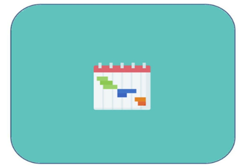
Years 9–10: Student-driven project
In this project, students take responsibility for selecting and managing a collaborative project to design and develop a digital product or prototype.
-

GenAI readiness and implementation modules
As generative AI (GenAI) becomes an increasingly important tool in education, it's essential for teachers to understand both its potential and its limitations. This two-module offering equips teachers with the knowledge and practical skills to use GenAI tools like Copilot effectively in the classroom. Teachers will enhance their own digital literacy while learning how to guide students in using AI responsibly and thoughtfully. By focusing on teacher readiness and practical classroom strategies, the modules support the development of students who can navigate AI in both classroom and everyday contexts. The modules were developed in collaboration with Microsoft.
-

AI readiness: Preparing teachers for safe and effective use of GenAI
The module aims to increase teacher readiness when using generative AI (GenAI). It builds teachers' own digital literacy around GenAI and equips them to develop their students’ digital literacy capabilities. It is aimed at Australian F–12 teachers interested in learning about and exploring the use of generative AI for streamlining admin tasks and personalising learning, safely and responsibly. The module was developed in collaboration with Microsoft.
-
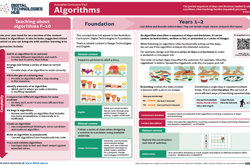
Algorithms: F-10 infographic
This series of three infographics provide an explanation of ‘Algorithms’ with relevant examples for each Year band and ‘I can’ statements.
-
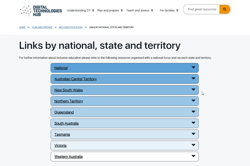
Inclusive education: Links by national, state and territory
For further information about inclusive education please refer to the following resources organised with a national focus and via each state and territory.
-
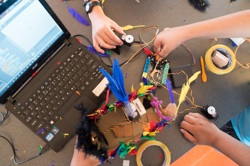
Universal design for learning
Universal design for learning is designing learning spaces to be accessible and usable by everyone without the need for adaptation.
-
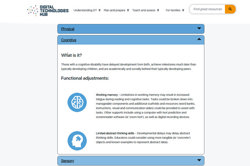
Disability categories
The Nationally Consistent Collection of Data on School Students with Disability (NCCD) identifies four broad categories of disability: physical, cognitive, sensory, and social/emotional.
-

Inclusive education principles
Inclusive education is making sure that education is accessible to every student.
